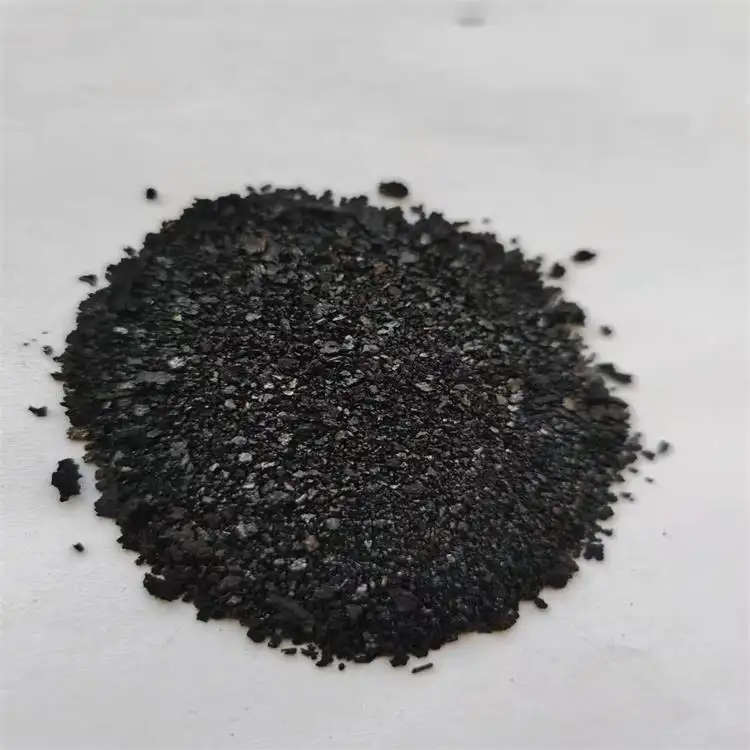Natural Color Dye Powder for Eco-Friendly Crafting and Creative Projects
The Vibrant World of Organic Color Dye Powder
In recent years, there has been a significant shift towards more sustainable and eco-friendly products in various industries. One such product that has garnered attention is organic color dye powder. Derived from natural sources, these dyes are revolutionizing the way we think about coloring textiles, cosmetics, and even foods. This article will explore the benefits, applications, and future potential of organic color dye powder.
Organic color dye powders are made from naturally occurring substances, such as plants, minerals, and insects. Unlike synthetic dyes, which often contain harmful chemicals and heavy metals, organic dyes are biodegradable and safer for both the environment and human health. For instance, turmeric, a spice often used in cooking, can yield a vibrant yellow dye, while indigo, a plant-based dye, is famous for its deep blue hue. These natural dyes not only provide beautiful colors but also contribute to a lower carbon footprint, making them a preferred choice for eco-conscious consumers and manufacturers.
One of the primary benefits of using organic color dye powders is their versatility. They can be used across various industries, including fashion, home textiles, cosmetics, and even food. In the textile industry, organic dyes are increasingly being embraced by designers who aim to create sustainable fashion lines. Major brands are now sourcing organic dyes to produce clothing that is not only stylish but also kind to the planet. Additionally, artisans and small businesses are experimenting with these dyes to create unique, handcrafted products that tell a story.
organic color dye powder

In the realm of cosmetics, organic color dye powders are gaining momentum as consumers become more informed about the ingredients they apply to their skin. Traditional cosmetic formulations often include synthetic pigments that can cause irritation and allergic reactions. In contrast, organic dyes from sources like beetroot or annatto offer an array of colors without the associated risks. The clean beauty movement has led to a surge in demand for makeup and skincare products featuring these natural ingredients, making organic color dye powders an essential component of the industry.
The food sector is also experiencing a rise in the use of organic color dye powders. With consumers increasingly seeking natural alternatives to artificial colorings, many food manufacturers are turning to plant-based dyes. These natural alternatives not only enhance the visual appeal of products but can also offer additional health benefits. For example, spirulina, a blue-green algae, is used in smoothies and snacks for its vibrant color and nutritional properties. The demand for organic options in food coloring is prompting manufacturers to innovate and create appealing, safe products for consumers.
However, despite the growing popularity of organic color dye powder, there are challenges to contend with. The dyeing process may require more time and effort compared to synthetic dyes and can result in less consistent colors. Moreover, sourcing high-quality organic materials can be challenging, often leading to higher production costs. Yet, many believe that these challenges can be addressed through ongoing research and advancements in natural dye technology.
In conclusion, organic color dye powders represent a vibrant and sustainable alternative to synthetic dyes, appealing to a growing market of environmentally conscious consumers. With their diverse applications across textiles, cosmetics, and food, these natural dyes are transforming industries while promoting a healthier planet. As the movement towards sustainability continues to gain momentum, the future of organic color dye powder looks promising, paving the way for innovation and creativity in various sectors. Embracing these natural coloring agents not only elevates products but also reinforces the commitment to preserving our environment for future generations.
-
The Timeless Art of Denim Indigo Dye
NewsJul.01,2025
-
The Rise of Sulfur Dyed Denim
NewsJul.01,2025
-
The Rich Revival of the Best Indigo Dye
NewsJul.01,2025
-
The Enduring Strength of Sulphur Black
NewsJul.01,2025
-
The Ancient Art of Chinese Indigo Dye
NewsJul.01,2025
-
Industry Power of Indigo
NewsJul.01,2025
-
Black Sulfur is Leading the Next Wave
NewsJul.01,2025

Sulphur Black
1.Name: sulphur black; Sulfur Black; Sulphur Black 1;
2.Structure formula:
3.Molecule formula: C6H4N2O5
4.CAS No.: 1326-82-5
5.HS code: 32041911
6.Product specification:Appearance:black phosphorus flakes; black liquid

Bromo Indigo; Vat Bromo-Indigo; C.I.Vat Blue 5
1.Name: Bromo indigo; Vat bromo-indigo; C.I.Vat blue 5;
2.Structure formula:
3.Molecule formula: C16H6Br4N2O2
4.CAS No.: 2475-31-2
5.HS code: 3204151000 6.Major usage and instruction: Be mainly used to dye cotton fabrics.

Indigo Blue Vat Blue
1.Name: indigo blue,vat blue 1,
2.Structure formula:
3.Molecule formula: C16H10N2O2
4.. CAS No.: 482-89-3
5.Molecule weight: 262.62
6.HS code: 3204151000
7.Major usage and instruction: Be mainly used to dye cotton fabrics.

